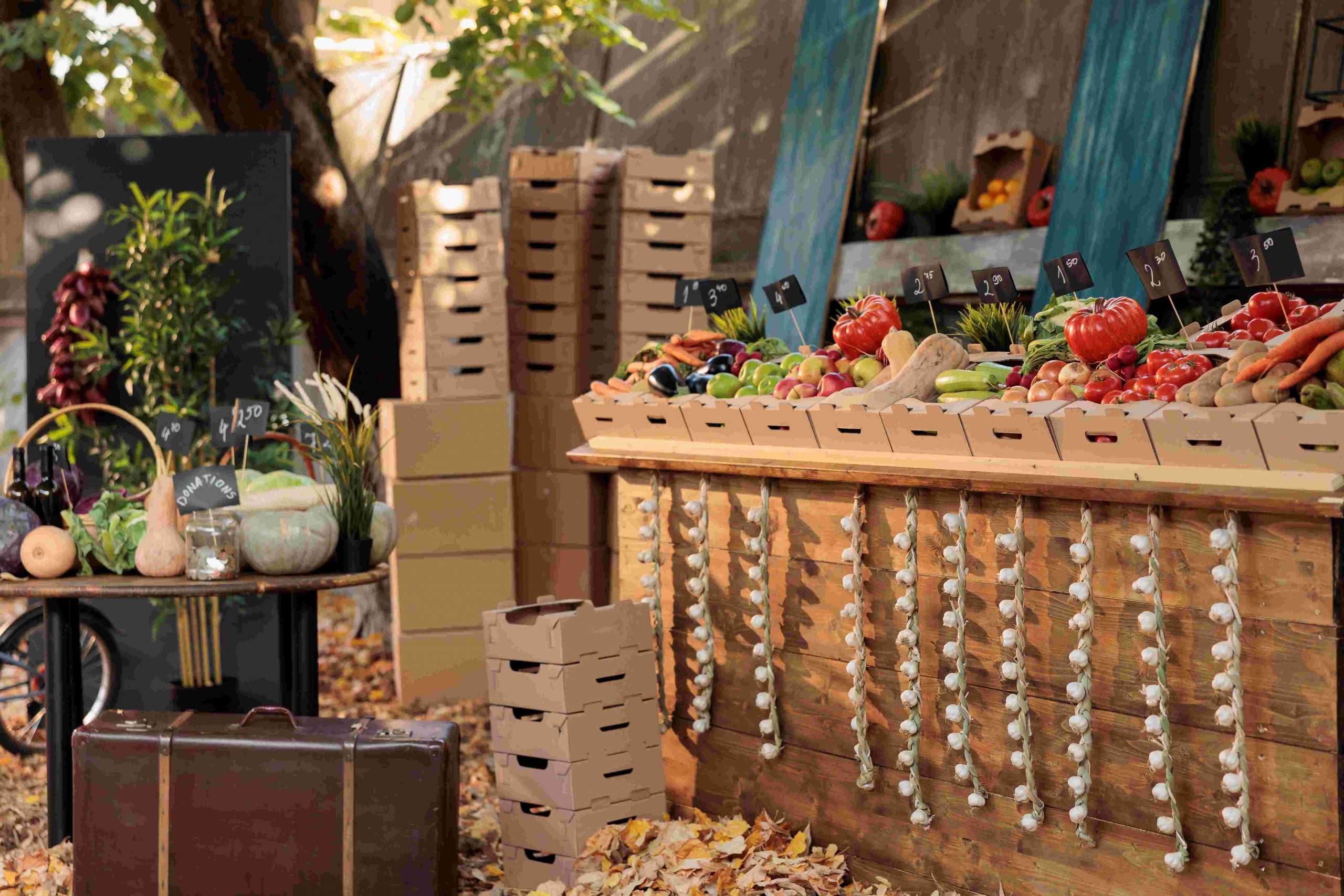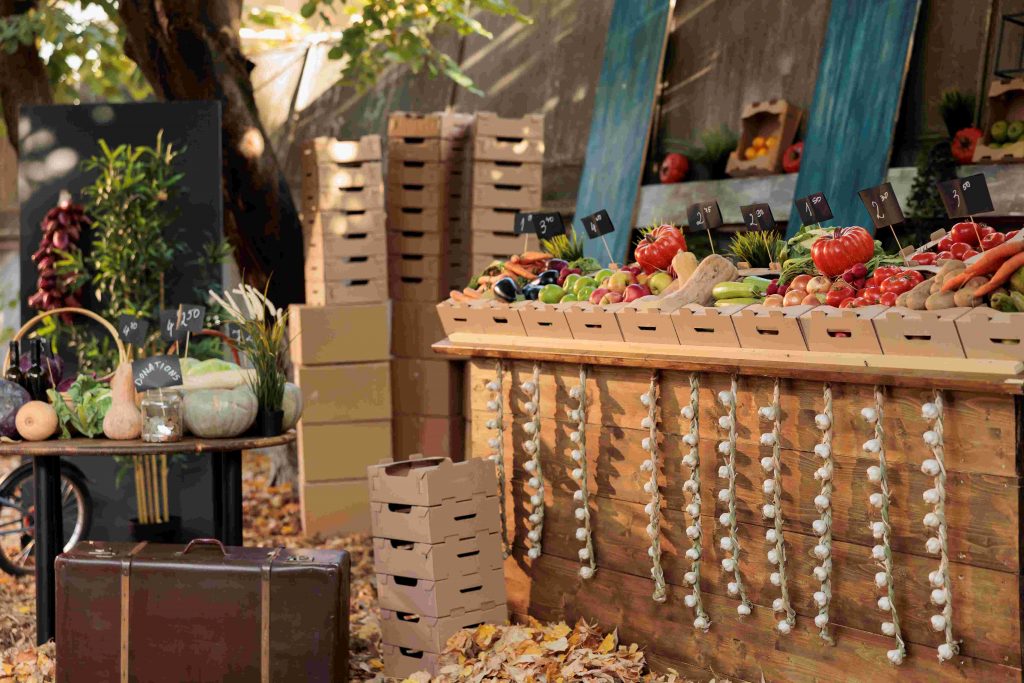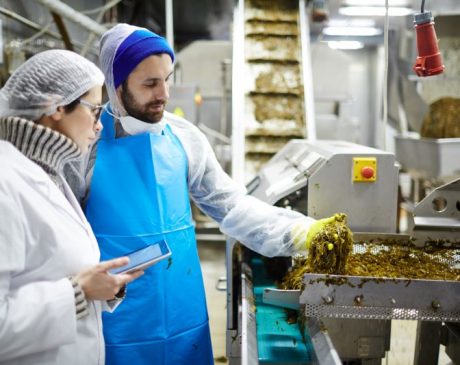What Are Some Viable Solutions To Improve Our Current Food System?

As a food system solutions analyst, it is my job to examine the current state of our global food system and propose viable solutions for improvement.
The challenges facing our food system are numerous, including issues such as climate change, land degradation, water scarcity, and social inequality.
However, despite these challenges, there are many promising solutions that could help improve the sustainability and equity of our food system.
From innovative farming practices to policy changes at the national and international level, we have a range of options available to us.
In this article, I will explore some of the most promising solutions for addressing the problems within our current food system.
Innovative Farming Practices
Have you ever thought about how much space traditional farming takes up? Acres upon acres of land are needed to grow crops, leaving little room for urban development and natural habitats.
That’s where innovative farming practices come in – specifically, vertical farming and hydroponic technology. Vertical farms allow for multiple levels of crop growth in a single building, maximizing the use of available space. These farms also incorporate advanced lighting systems that can mimic sunlight and provide ideal growing conditions year-round.
Hydroponic technology takes this one step further by eliminating soil entirely, allowing plants to receive nutrients directly through water solutions. This not only saves space but also conserves resources as less water is used compared to traditional agriculture methods.
Implementing these practices on a larger scale could revolutionize our food system, providing fresh produce even in densely populated areas while minimizing environmental impact. It’s time we start investing in these innovative techniques to ensure a sustainable future for generations to come.
Policy Changes For Sustainability
Innovative farming practices are certainly a step in the right direction towards improving our current food system, but they alone cannot solve all of its problems.
To truly create a sustainable and equitable food system, we must also implement policy changes that incentivize farmers to adopt these innovative practices while reducing food waste.
One solution is to provide financial incentives for farmers who use environmentally-friendly techniques such as crop rotation, cover cropping, and reduced tillage.
By rewarding these methods that promote soil health and biodiversity, we can encourage more farmers to switch from conventional agriculture practices which rely heavily on pesticides and synthetic fertilizers.

Additionally, policies that reduce barriers to entry for small-scale or urban farmers can increase access to fresh produce within local communities while promoting economic growth.
Another area where policy change could make an impact is in reducing food waste across the supply chain.
This includes efforts at both the consumer level by educating people about meal planning and storage strategies, as well as at the production level through better inventory management systems and donation programs.
These changes not only help alleviate hunger but also address environmental concerns posed by landfill-bound organic waste.
Incentivizing farmers to donate unsold produce rather than discard it can ensure that surplus crops do not go to waste while helping those in need.
By combining innovative farming practices with smart policy solutions like incentivizing farmers and reducing food waste, we will be one step closer towards creating a resilient and equitable food system for all.
Increasing Access To Nutritious Food
As a food system solutions analyst, I have come across various ways to increase access to nutritious food in our communities.
Community gardens are one such solution that can help individuals and families grow their own fresh produce at low cost and with minimal effort. These gardens provide an opportunity for people to connect with nature while also reducing the carbon footprint associated with transporting food from distant locations.
Additionally, community gardens promote social interaction among participants, which contributes positively towards mental health.
Another viable solution is implementing food education programs aimed at educating individuals on how to make healthier dietary choices. This could involve teaching basic cooking skills, nutrition knowledge as well as meal planning strategies.
Having more informed consumers will not only lead to better health outcomes but also enable them to navigate the complexities of modern-day food systems effectively.
To sum up, by promoting community gardens and food education programs we can create lasting change in our current food system by increasing access to nutritious foods while simultaneously fostering stronger communities.
Addressing Social Inequality In The Food System
One major issue within the current food system is social inequality, which leads to unequal access to healthy and affordable food options. To address this problem, community involvement is crucial in creating more equitable systems. This can include initiatives such as community gardens, farmers’ markets, and food cooperatives that prioritize local sourcing and provide fresh produce at affordable prices.
Another solution to improve social inequality in the food system is through reducing food waste. Currently, an estimated 30-40% of all food produced ends up wasted, while millions still suffer from hunger and malnutrition. By implementing composting programs and redistributing excess edible food to those in need, we can reduce waste and ensure that everyone has access to nutritious meals.
Additionally, providing education on proper storage and meal planning techniques can help households save money while minimizing unnecessary waste. Through these efforts, we can create a more just and sustainable food system for all members of our communities.
Conclusion
As a food system solutions analyst, I believe that there are viable ways to improve our current food system.
By implementing innovative farming practices such as vertical farming and hydroponics, we can increase the yield of crops while using less land and water.
Additionally, policy changes for sustainability like promoting regenerative agriculture and reducing food waste can help us move towards a more sustainable future.
However, improving our food system cannot be fully realized without addressing social inequality in access to nutritious foods.
We must work towards increasing access to fresh produce and other healthy options in underserved communities where grocery stores are scarce.
By doing so, we not only promote healthier lifestyles but also support local farmers who may struggle to sell their products elsewhere.
Together with these solutions, we can create an equitable food system that nourishes all individuals regardless of income or location.
Let’s take action now towards building a better and brighter future for our global community!


